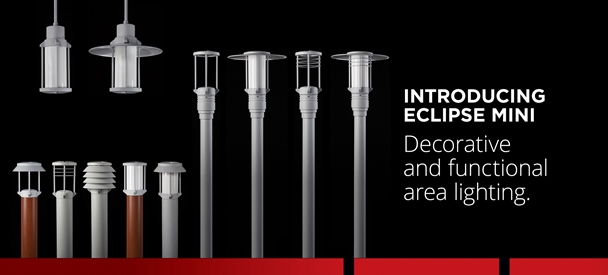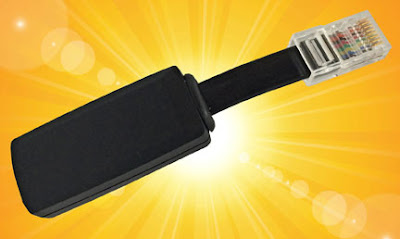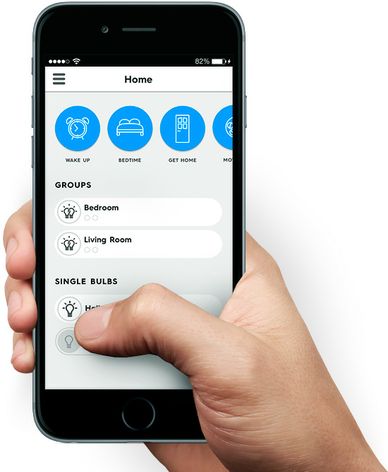Several Canadian cities have announced plans to swap their old traditional streetlights for more energy efficient LED lights, but the country’s sixth largest capital Mississauga, located in Southern Ontario underestimated the finance it would need to replace the city streetlights.
Initially, the Mississauga council aimed to replace 50,000 LED streetlights on a budget of CA $28 million (US $ 20.98 million), but failed to take into account brightness of streetlights, reported The Mississauga News. The council found their budget was not enough to cover brighter LED streetlight retrofits in one third of the areas.
The city council has since requested and was granted an increase of $5.25 million to finish the lighting installation, bringing the total retrofit value to $ 34.3 million.
LED underpass lights were included in the latest budget increase, which was not available at the time of the tender.
This is the third time that the lighting retrofit budget raise was approved by authorities since the start of the project in November 2012. On Jan. 22, 2014, the council approved two increases to purchase more decorative and advanced LED luminaires for a combined value of about $3.30 million.
Meaford to roll out 720 streetlights conversion project
Another city in Ontario, Meaford, announced it will be converting 720 streetlights in the municipality to LEDs, reported The Meaford Independent.
Energy consumption will be slashed by 60%, while maintenance costs is expected to be driven down 80%, said municipality officials.
The municipality streetlights currently consume 483,063 kWh of energy annually, and energy costs have reached $95,000, while coming with an additional $11,000 annual maintenance fee, according to a report made by Meaford Treasurer Darcy Chapman in September this year.
Following the completion of the streetlight upgrade, Meaford’s electricity costs for streetlights will drop to $ 39,000 per year, and maintenance costs are expected to be eliminated from the conversion.
Converting to LED lights also indicates Meaford will no longer have to replace its bucket truck when it reaches the end of its serviceable lifetime, said Chapman.
The municipality will mostly finance the LED conversion worth $408,762 through an Infrastructure Ontario loan that will be repaid over 10-year period.
It has also commissioned RealTerm Energy and its partner Local Authority Services (LAS)
Chapman said that the municipality will finance the net cost of the LED conversion of $408,762 through an Infrastructure Ontario loan that will be repaid over a ten-year period. While concern for municipal debt is often expressed by ratepayers, Chapman assured council that in this case, debt is being taken on wisely.
The municipality has entrusted RealTerm Energy and its official partner LAS (Local Authority Services) with the task of providing a turnkey solution for the conversion of its 720 streetlights.
Article from: http://www.ledinside.com/news/2015/11/canada_sixth_largest_city_scales_up_led_streetlight_replacement_budget


















